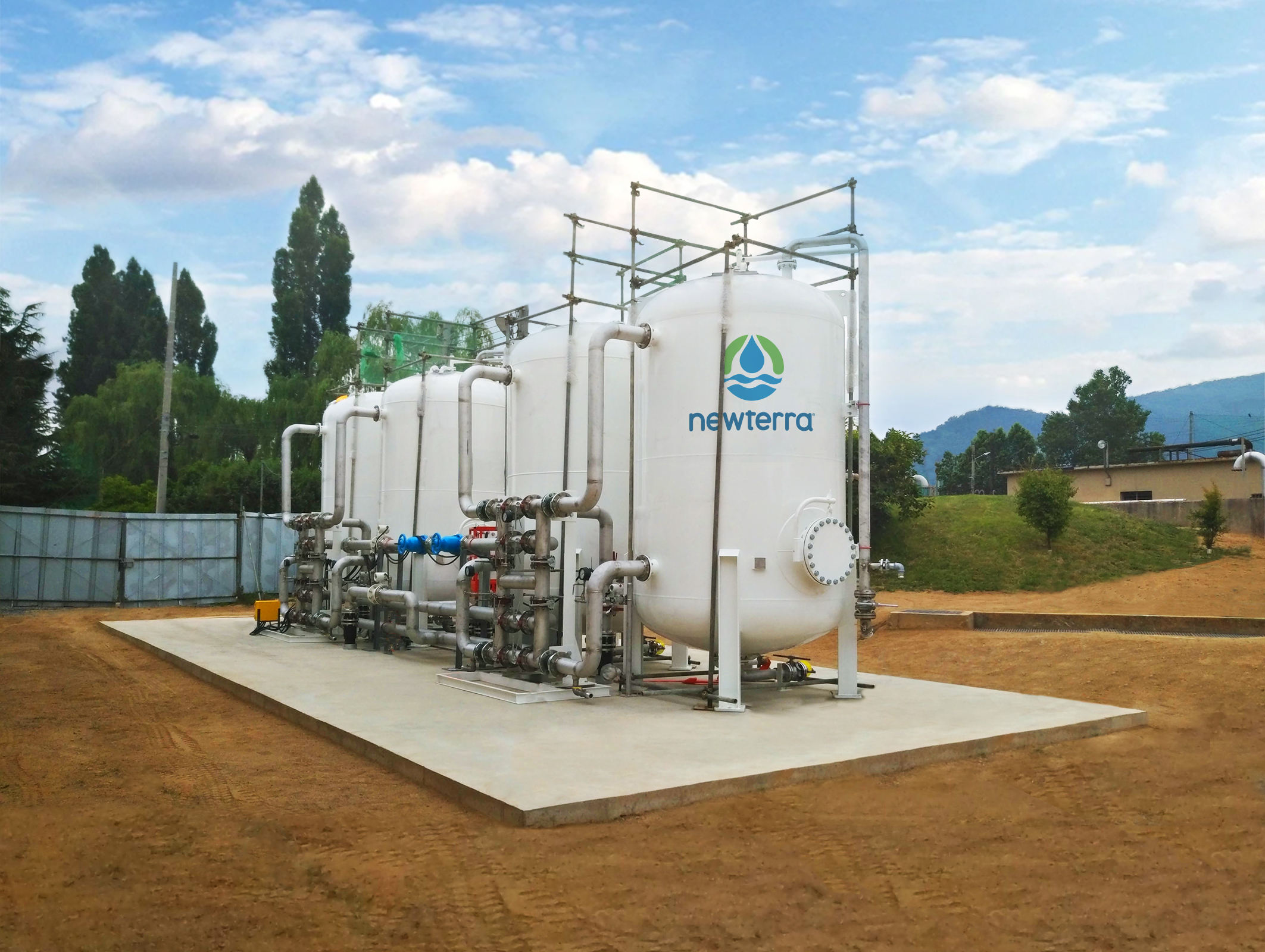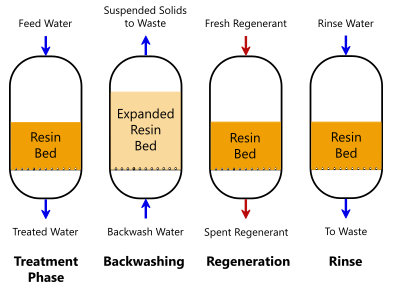Comprehensive PFAS Management in Residential Areas
Wiki Article
How PFAS Treatment Ensures Clean and Sustainable Water
The visibility of PFAS, generally referred to as "forever chemicals," postures considerable challenges to water quality and public health and wellness. Advanced therapy technologies, including turned on carbon adsorption and membrane filtration, have emerged as effective remedies to mitigate these pollutants. By using these approaches, communities can not only accomplish cleaner water yet also foster sustainable techniques that shield environments. Nonetheless, the effects of these therapies expand beyond instant health and wellness advantages; they elevate critical concerns regarding lasting water management methods that must be dealt with to guarantee a durable future. What does this mean for our strategy to water sustainability?
Recognizing PFAS Contamination
PFAS, or per- and polyfluoroalkyl compounds, have actually become a substantial environmental worry because of their extensive occurrence and persistence in the environment. These artificial chemicals have actually been made use of in various commercial applications and customer items, including non-stick pots and pans, waterproof clothing, and food product packaging, because of their distinct homes such as water and grease resistance.The contamination of soil and water sources by PFAS occurs mainly via commercial discharges, firefighting foam use, and leaching from land fills. pfas management. As soon as released, these compounds are resistant to destruction, causing their buildup in the atmosphere. This perseverance elevates critical problems, as PFAS can take a trip fars away via groundwater and surface water systems, influencing alcohol consumption water products and environments

Wellness Threats of PFAS
The determination of PFAS in the setting raises considerable health and wellness problems for people exposed to these compounds. Called "for life chemicals," PFAS do not damage down easily and can build up in human bodies in time. Study has connected PFAS direct exposure to different adverse health and wellness effects, including body immune system dysfunction, liver damage, and raised threat of specific cancers cells - pfas management. Significantly, researches have actually shown elevated cholesterol levels and potential influence on reproductive and developing health and wellness, specifically in expectant people and infants.The ubiquity of PFAS in customer items, such as non-stick cooking equipment, water-repellent materials, and food packaging, further intensifies the threat of exposure. Drinking water polluted with PFAS is a significant concern, as these chemicals can leach into groundwater resources. At risk populaces, including children and those living near industrial sites, may deal with elevated threats because of their creating systems and possible for higher direct exposure levels.
As recognition of these wellness threats proceeds to expand, governing companies are starting to develop guidelines for PFAS degrees in drinking water. Public health initiatives are necessary to alleviate direct exposure and safeguard neighborhoods from the lasting impacts of these harmful substances.

Cutting-edge Treatment Technologies
How can we effectively tackle the challenges postured by PFAS contamination in water resources? Ingenious treatment innovations are emerging as important services in the pursuit for clean water. These approaches concentrate on the removal or damage of per- and polyfluoroalkyl substances (PFAS), which are well-known for their perseverance in the environment.One encouraging method is adsorption using advanced products, such as activated carbon and ion exchange materials. These materials have shown efficacy in recording PFAS particles from water. One more significant innovation is membrane layer filtering, which utilizes nanofiltration and turn around osmosis to separate impurities at the molecular degree, therefore giving a barrier against PFAS.
Furthermore, progressed oxidation procedures (AOPs) employ solid oxidants to break down PFAS compounds into harmless byproducts. This technique is particularly efficient for treating extremely infected water resources. Bioremediation techniques, using specific bacteria, are additionally being discovered to weaken PFAS.
As research continues, crossbreed systems that integrate numerous modern technologies may supply enhanced efficiency, attending to the complexities of PFAS contamination. The growth and execution of these ingenious treatment modern technologies pfas treatment are necessary steps towards guaranteeing the safety and security and sustainability of our water resources.
Benefits of Effective PFAS Therapy
Efficiently dealing with PFAS contamination in water resources considerably enhances public health and environmental safety and security. PFAS, typically referred to as "permanently chemicals," are resistant to degradation and can build up in the body, causing serious wellness dangers such as cancer, liver damages, and immune system dysfunction. By carrying out effective therapy methods, neighborhoods can reduce exposure to these hazardous materials, ultimately enhancing the wellness end results of their populaces.
Additionally, effective PFAS therapy contributes to the conservation of neighborhood environments. Polluted water can adversely influence aquatic life and interfere with the fragile equilibrium of neighborhood environments. By ensuring tidy water, therapy procedures safeguard biodiversity and maintain environmental stability.
In addition, reliable PFAS remediation can promote public confidence in water quality. When communities are assured that their alcohol consumption water is free from hazardous pollutants, it promotes a sense of security and well-being. This count on is important for area engagement and support for recurring water monitoring initiatives.
Future of Water Sustainability
Amidst growing worries concerning water top quality and scarcity, the future of water sustainability depends upon innovative techniques and collaborative initiatives. As neighborhoods face the impending hazards of contaminants like PFAS, the advancement of advanced therapy innovations is essential. These innovations not only concentrate on the removal of harmful materials but likewise promote the reuse and recycling of water, thus reducing overall need.Moreover, effective water governance plays a crucial role in making sure lasting practices. Policymakers have to integrate clinical research study with regulatory frameworks to develop clear standards for water use and therapy. Stakeholder engagement, consisting of local neighborhoods and sectors, promotes a feeling of common responsibility and motivates lasting methods throughout various fields.
Financial investment in infrastructure is likewise important; upgrading aging systems to integrate modern filtration and filtration methods can significantly improve water high quality. Moreover, accepting eco-friendly modern technologies, such as all-natural filtration systems, can offer environmentally friendly services.
Eventually, the future of water sustainability exists in an all natural method that incorporates modern technology, policy, and community involvement. By focusing on these elements, we can safeguard our water resources for generations to find, guaranteeing clean and sustainable water for all.
Conclusion
Finally, the reliable therapy of PFAS is crucial for guaranteeing tidy and lasting water. By utilizing sophisticated innovations such as turned on carbon adsorption, membrane layer filtering, and advanced oxidation processes, areas can substantially reduce the health and wellness dangers connected with these pollutants. The combination of these treatment methods sustains ecological community defense and enhances biodiversity. Ultimately, durable PFAS treatment methods contribute to long-term durability in water administration, cultivating public rely on water high quality and promoting sustainable methods.Report this wiki page